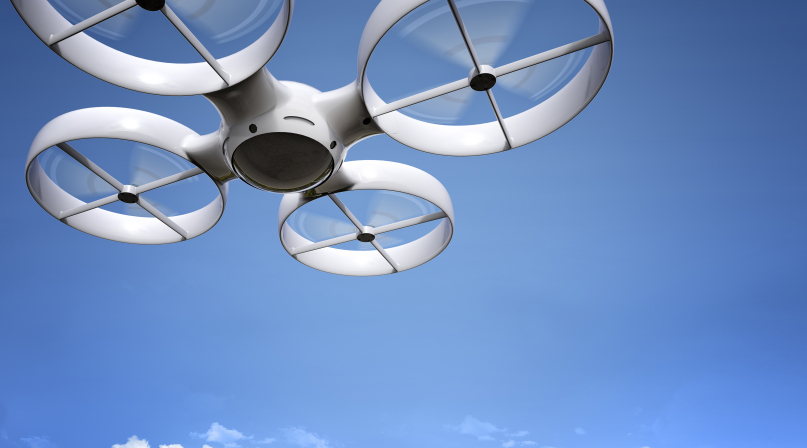FAA finalizes rules for non-recreational drones
Upcoming Events
Related News

Couties can fly drones under small UAS rule or obtain blanket Certificate of Waiver of Authorization
The Department of Transportation’s (DOT) Federal Aviation Administration (FAA) finalized rules, June 21, governing the use of small-unmanned aircraft systems (UAS) in the National Airspace System. The rules are set to take effect in August, 60 days after the rule was published in the Federal Register. The rules provide information to non-recreational operators about what is and is not appropriate drone-operating behavior. The FAA believes that by promoting safety, UAS can be extremely beneficial to society with little public risk.
Learn More
Many UAS have small cameras to record images from an aerial view. These drones could remove the need for manned flights in certain situations. Some county law enforcement agencies are already using drones to monitor criminal activity in their areas.
Additionally, according to DOT Secretary Anthony Foxx, drones could provide a safer and more effective way to inspect homes and public infrastructure and deploy disaster relief. As the UAS industry continues to grow, these rules lay out important operational limitations for non-recreational users, including counties, as well as requirements for aircraft and UAS remote pilot certification.
In addition to a 55-pound weight limit, drones must remain in the visual line of sight of the operator, yield the right of way to other aircraft, carry no hazardous material, and cannot reach a ground speed over 100 miles per hour. However, operators will be able to fly below 400 feet and at least five miles from an airport without obtaining special permission, and may fly during twilight hours provided they show such flights are safe and the drone is fitted with anti-collision lights.
The FAA states that many of these rules are waivable through petition to the FAA and proof that the flight is not threatening. These waivers will be available soon on the FAA’s website so that operators can easily access them if they wish to fly outside of FAA regulations. If an applicant’s request is accepted, the FAA has the ability to require certain necessary adjustments to ensure drone safety.
Counties and other government entities have two options for flying unmanned aircraft: fly under the small UAS rule, including aircraft and pilot requirements, or obtain a blanket Certificate of Waiver of Authorization (COA), which allows for flights below 400 feet in Class G airspace and pilot self-certification.
While NACo does not have official policy specific to drones, we will continue to monitor developments related to unmanned aircraft systems and any impacts they might have for county governments.
Attachments
Related News

House lawmakers introduce bipartisan legislation to support World Cup local transportation needs
On December 2, U.S. Reps. Rick Larsen (D-Wash.-02) and Burgess Owens (R-Utah-04) introduced the Transportation Assistance for Olympic and World Cup Cities Act (H.R.6348), a bipartisan effort to strengthen local transportation systems in communities preparing to host major international sporting events

County Countdown – Dec. 1, 2025
Every other week, NACo's County Countdown reviews top federal policy advocacy items with an eye towards counties and the intergovernmental partnership.

Federal district court issues ruling preventing the federal government from imposing immigration compliance mandates on grant recipients
On November 4, a federal judge in Rhode Island ruled that the U.S. Department of Transportation cannot condition federal grant funding on a recipient’s cooperation with federal immigration enforcement efforts.